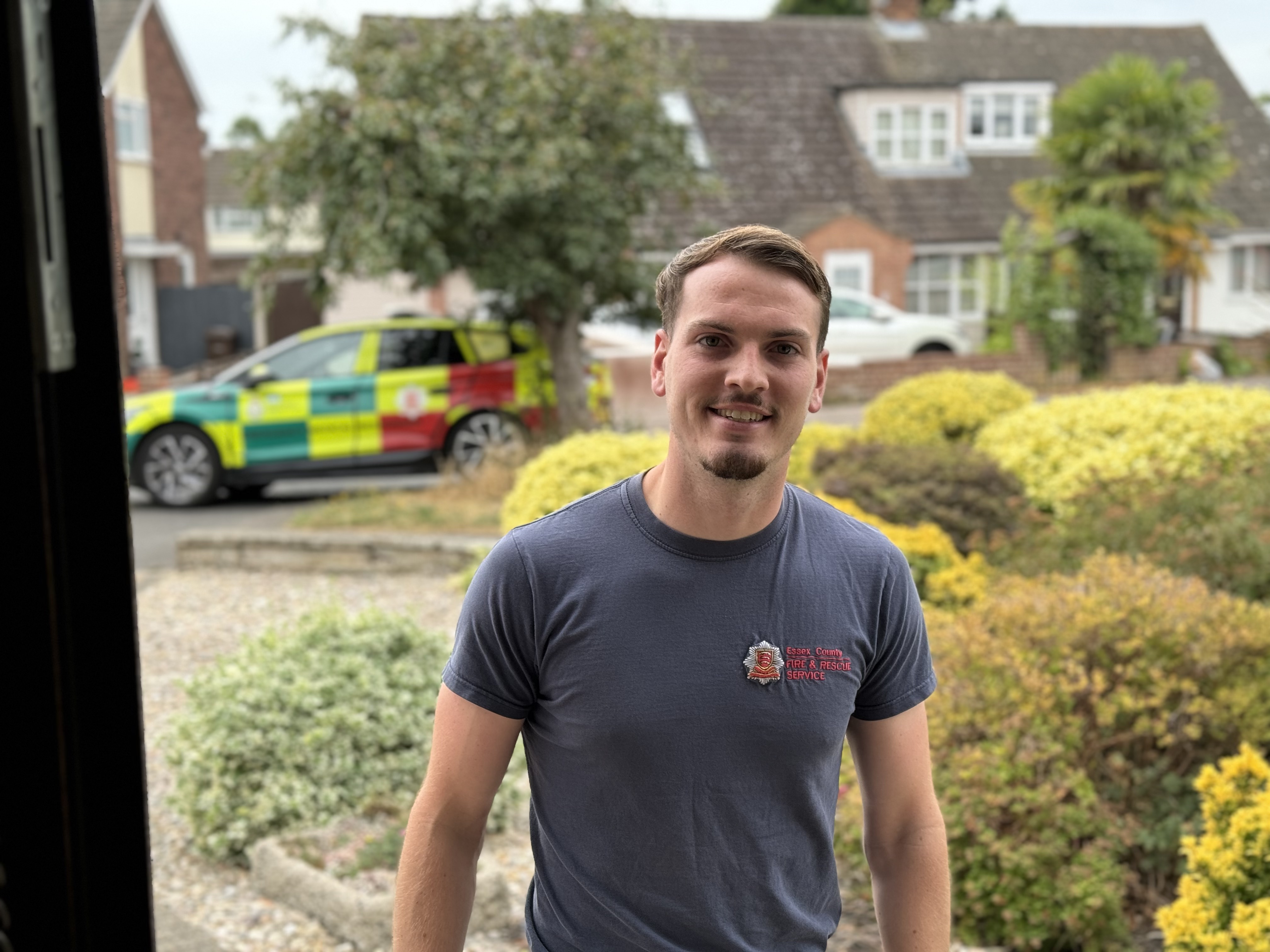Smoke Alarms
A smoke alarm is the single most important thing you need in your home. They are proven life savers and will alert you to the first sign of fire, giving everyone in the property the time they need to get out safely call the fire service.
You should fit a smoke alarm to the ceiling of every level of your home. It should be fixed in a location where you can hear it when you are asleep (but not in a kitchen or bathroom). It should be situated at least 30cm from walls and light fittings. Make sure your smoke alarms are not directly above or next to heaters and air conditioning units as this can prevent them from working properly.
Smoke alarms work in one of two ways and versions for the hearing-impaired are also available. They can be battery-powered or mains-powered and can be linked so that if one is triggered they all sound together.
Top tips for purchasing and using a smoke alarm
- Smoke alarms must conform to the British Standard 5446: Part 1 and display the kite mark.
- Follow the manufacturers' instructions when installing.
- The best protection is obtained by fitting a smoke alarm in each room - but not the kitchen or bathroom.
- Best practice is to have mains powered alarms that are linked together.
- The minimum recommended level of provision is to fit a smoke alarm on each floor of your home, at the bottom of the staircase and on each upstairs landing.
- If only one smoke alarm is to be installed, make sure that it is fitted in a place where it can be heard throughout your home - particularly when you are asleep.
- They are designed to be fitted at least 30cm from walls and light fittings.
- Alarms should not be fixed next to or directly above heaters or air conditioning outlets.
- If your home is on one level, you should fit at least one smoke alarm in the hallway between the living and sleeping areas.
- Some alarms can be linked together so that if one of them senses smoke, all of them will sound - this can provide the earliest possible warning.
- Smoke alarms should be tested every month by pressing the test button - put in on your calendar to test it on the first of each month so you don't forget.
- Vacuum the inside of the alarm regularly to ensure that dust is not blocking the sensor chamber.
Looking after your smoke alarms
- Once a month – test the batteries
- Twice a year – gently vacuum to remove dust
- Every ten years – replace the entire smoke alarm
Smoke alarms for hearing loss
Sensory smoke alarms that use a vibrating pad and/or flashing light are available and we also fit these for free. Find out more here: Sensory Smoke Alarms
‘Beeping’ smoke alarms
If your smoke alarm is making a ‘beeping’ noise, this means the battery has expired. Some alarms you are able to replace the battery and others are sealed units which require the whole alarm to be replaced.
Smoke alarms fitted by Essex County Fire and Rescue Service
ECFRS fit Firehawk smoke alarms which have a 10-year battery life, after which the alarm itself must be changed because the batteries cannot be replaced. Go to the Firehawk website to see how you can safely dispose of your smoke alarm.
ECFRS provide alarms which have a large test button in the centre. This can also be pressed to silence an alarm that is chirping or has had a false activation. If your smoke alarm is having regular false activations or chirping please contact us on 0300 303 0088 and we will be able to advise you want to do.
Go to the Firehawk website for further information and fitting instructions.
Hard-wired alarms
Unfortunately we cannot provide maintenance or service for hard-wired alarms. If the property is rented please contact your landlord for advice. If the property is owned by you then the problem may still be a low battery that you can replace yourself, alternatively you may need to contact a qualified electrician.
Carbon monoxide detectors
Ideally, you should put a carbon monoxide detector in or near every room with a heating or cooking appliance. They can be battery operated or mains powered by plugging directly into a mains socket. Find out more about the risks of carbon monoxide.
We want to make sure that every single home in Essex has a smoke alarm, so we will visit any home in Essex and fit smoke alarms completely FREE of charge.
What a home safety visit involves:
- Identifying and making you aware of the potential fire risks in your home
- Making sure you know what to do to reduce or prevent these risks
- Helping you put together an escape plan in case a fire breaks out in the future
- Making sure you have a working smoke alarm and, if you don't, we will fit a FREE ten year smoke alarm


